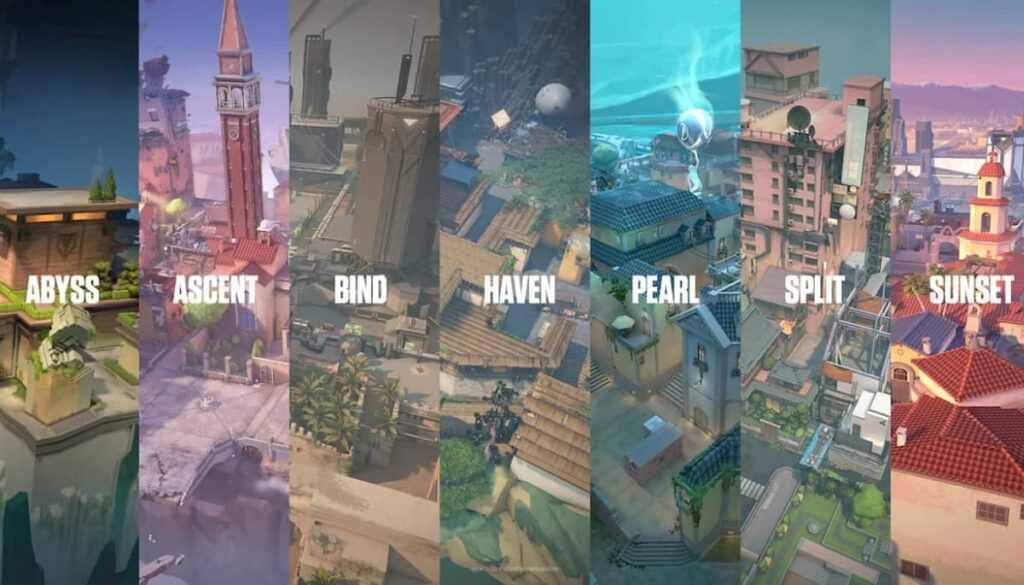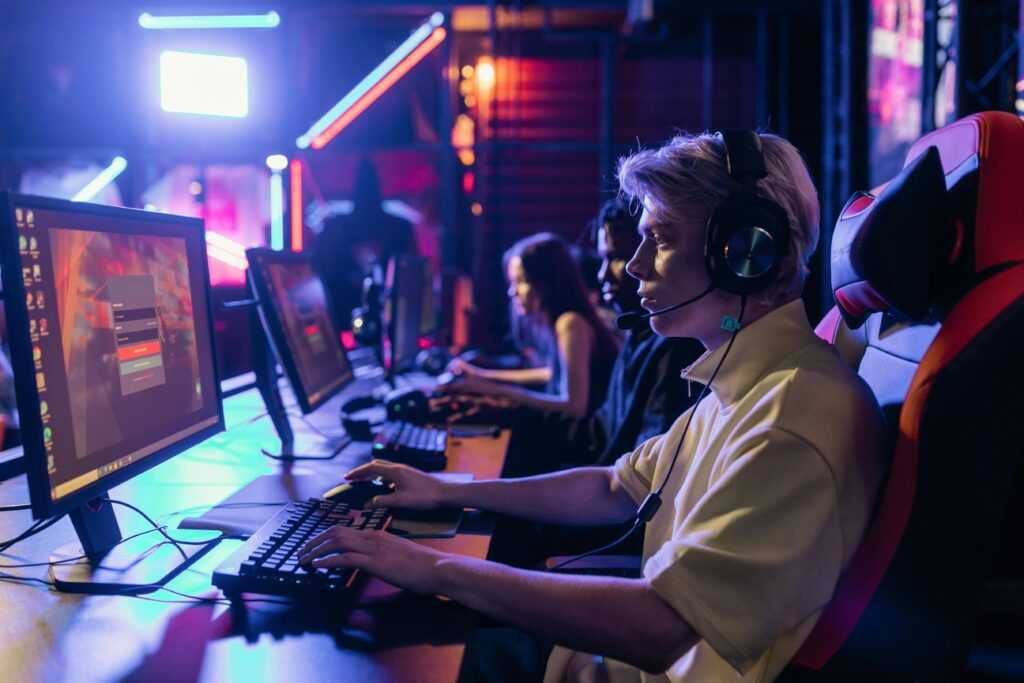In esports, the outcome of a match often seems unpredictable, but taking a deeper look at team statistics can reveal a lot. Numbers won’t tell the whole story, yet they help identify trends that might be overlooked if you focus only on impressions from the game. I believe that in disciplines like Dota 2 and Valorant, a well-thought-out data analysis can provide a significant advantage. It’s not about guessing — it’s about making a balanced assessment of probabilities. The better we understand the context behind the numbers, the higher the chances of making an accurate prediction.
Analysis of Individual and Team Statistics

In Valorant and Dota 2, both individual player performance and team coordination are crucial, as victory rarely comes down to a single factor. For example, in a shooter, it’s not just the average K/D that matters, but also the consistency of aiming skills, headshot percentage, and the ability to maintain accuracy in dynamic situations and under time pressure. In Dota 2, beyond mechanical execution, I pay attention to how effectively strategies are implemented at different stages of the game — from laning to late-game pushes — as well as discipline in team fights and the ability to manage resources efficiently.
When I analyze accuracy and pacing data in Valorant, it’s important to remember that numbers without context can be misleading. I also consider the technical aspects of a player’s setup, as shooting comfort directly depends on their settings. Here, the valorant sensitivity converter helps me compare crosshair sensitivity between different pro players and see how well their settings fit their playstyle. This gives me a clearer picture of why one player consistently lands shots in crucial moments while another loses accuracy under pressure.
Moreover, in both titles, it’s useful to look beyond the “raw” numbers and consider the context in which they were achieved. A high K/D or win rate doesn’t always reflect a team’s true strength if those stats were earned against weaker opponents or in less important matches. That’s why I try to assess statistics through the lens of opponent strength, tournament pressure, and the player’s role in the overall strategy — to make more accurate and well-founded conclusions.
Team Form and Current Patches
In Dota 2, every major patch changes hero balance and, as a result, the overall meta. Sometimes these are small number tweaks, but other times they bring significant shifts that completely alter pick priorities, game pace, and even the fundamental understanding of strengths and weaknesses. A team that adapts quickly almost always gains a temporary advantage, as opponents often fail to adjust their strategies in time and start losing either during the draft phase or in the first minutes of the match.
By analyzing the last 10–15 games, it’s possible to see how quickly players adjust to new conditions: experimenting with unusual picks, testing modified items, or changing their usual laning patterns. However, it’s important to note that not every win during this period reflects true strength — sometimes the result comes from an unexpected hero choice or an unconventional build that worked solely due to the element of surprise.
Moreover, a team’s form is tied not only to its ability to adapt to patches but also to the internal stability of its roster. Even strong players can lose efficiency if meta changes coincide with communication issues or a lack of coordination. That’s why, when making predictions, I look not only at the win rate after a patch but also at the quality of matches played: how confidently the team acts in key moments, how they take advantage of new opportunities, and whether they can impose their playstyle even when the opponent is prepared for the changes.
Map and Side Influence

In both disciplines, the map and side selection can be a decisive factor, even when teams initially seem equal in strength. In Valorant, some teams show outstanding results on specific maps thanks to a deep understanding of map geometry, well-rehearsed rounds, and precise rotations. Sometimes the difference in performance between their “home” map and a neutral one is so significant that it becomes the team’s main weapon.
In Dota 2, the landscape and terrain of the map rarely change, but the choice of side (Radiant or Dire) and the approach to controlling key areas can greatly affect the outcome of a match. Experienced teams know how to make the most of their starting position — whether it’s easier access to Roshan or controlling the most profitable farming zones.
I always take into account the win rate on specific maps and how teams perform when starting from different sides. It’s especially important to track how opponents use the advantages of their position: whether they play aggressively to quickly set the pace or prefer to slowly build up their lead. These details often provide more insight for predictions than the overall win percentage for the season.
Psychological Factor and Stability
Even with perfect statistics, emotions and tournament pressure can significantly change the outcome. In decisive matches, much depends on how a team handles nervous tension, especially when playing for a playoff spot or a major prize. Stability in stressful situations shows in the ability to stay focused after mistakes, maintain discipline, and stick to the game plan even when the scoreboard isn’t in their favor.
It’s important to understand that reactions to a poor start can vary: some teams regroup and play even more focused, while others begin to act chaotically, take unnecessary risks, and make more mistakes. Sometimes this factor becomes the key element in predictions, as even a statistically strong roster can lose if they give in to emotions at a critical moment.
I always try to consider how players behaved in previous high-pressure matches: who takes the initiative, who calms the team, and who, on the contrary, starts rushing. These details help reveal whether the team is ready not only to follow their game plan but also to adapt to unexpected twists that often decide the outcome of a match.
Conclusion
For me, analyzing Dota 2 and Valorant matches through the lens of statistics is a way to minimize randomness and reduce the influence of subjective factors. Numbers don’t give a 100% guarantee, but they allow predictions to be based on actual performance rather than personal impressions or hype around a team. The deeper the analysis — from individual player metrics to team dynamics, maps, sides, and psychological factors — the more accurately the balance of power before a match can be assessed.
I believe that combining statistics with context is the key to understanding a team’s real chances. The more data points are taken into account, the closer a prediction gets to reality, and the final conclusions become not just assumptions but the result of well-reasoned analysis.

 Elaine Shippsters serves as the tech innovator behind Betting Edge Brite, leading the charge in integrating AI and advanced technology into the platform's core functionality. With a background in software engineering, Elaine has played an instrumental role in developing the technical infrastructure that powers Betting Edge Brite’s AI-driven predictions and betting algorithms. Her contributions have allowed the platform to leverage cutting-edge technology, offering users sophisticated tools to stay ahead of the game. Elaine’s work ensures that Betting Edge Brite remains at the forefront of innovation in the betting industry.
Elaine Shippsters serves as the tech innovator behind Betting Edge Brite, leading the charge in integrating AI and advanced technology into the platform's core functionality. With a background in software engineering, Elaine has played an instrumental role in developing the technical infrastructure that powers Betting Edge Brite’s AI-driven predictions and betting algorithms. Her contributions have allowed the platform to leverage cutting-edge technology, offering users sophisticated tools to stay ahead of the game. Elaine’s work ensures that Betting Edge Brite remains at the forefront of innovation in the betting industry.